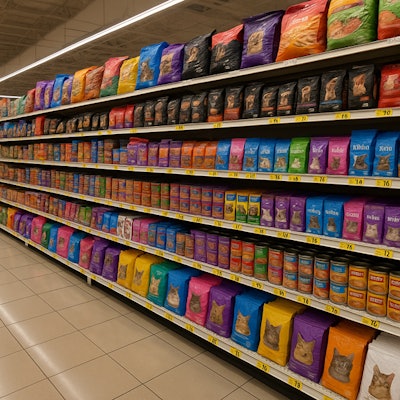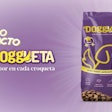
The pet food market in Mexico and Latin America is entering a phase where shelves look abundant, yet the competitive tension behind them is sharper than ever. From a category management perspective, the challenge is not the number of brands; it’s the structure behind the assortment.
Today’s shelves are populated with products that communicate similar benefits, and when differentiation collapses, the category loses its ability to guide the shopper. The shelf stops acting as a strategic asset and becomes a neutral zone where price dominates the conversation.
Where differentiation ends, category management begins
This saturation reveals a deeper issue: Many portfolios are still built around price, negotiation leverage or brand dominance rather than true shopper insight. As expert Yoan Montolio of Yucca Retail notes, an assortment without defined roles — destination, routine, impulse or value — creates noise instead of navigation. Space gets filled, but not managed. And unmanaged space leads to duplicated SKUs, inefficient meters, weak flow and declining profitability.
Promotions intensify this imbalance. In many chains, discounts have become a constant rather than a strategic lever. This trains shoppers to wait, erodes the price architecture and distorts demand. Restoring order requires reinforcing product value, assigning space deliberately, optimizing SKU productivity, designing a coherent price–pack ladder and using promotions to accelerate — not sustain — volume.
The planogram is no longer a map — it’s a strategy
Retailers are increasingly using data to bring structure to complexity. Space decisions are now anchored in rotation, margin contribution, price elasticity and profitability per meter. Relationships still count, but structured performance counts more. As Montolio emphasizes, the brands that grow are those aligned with the category’s architecture: those that know their role, understand their shopper and contribute to the total basket.
The next growth curve won’t come from more space but from better-managed space. Looking forward, category expansion will depend not on adding SKUs or negotiating extra facings, but on value creation: smart premiumization, functional benefits, sustainability, personalization and omnichannel integration. E-commerce and subscription models will help, but the real inflection point will come from portfolios and planograms designed around shopper missions and consistent execution.
Clarity wins
In a saturated and emotionally driven category, the brands that win will be those that define their role, communicate distinctive value and execute with discipline. Category management is no longer a support function — it is the framework shaping how the pet food category grows, competes and stays relevant in the years ahead.

















